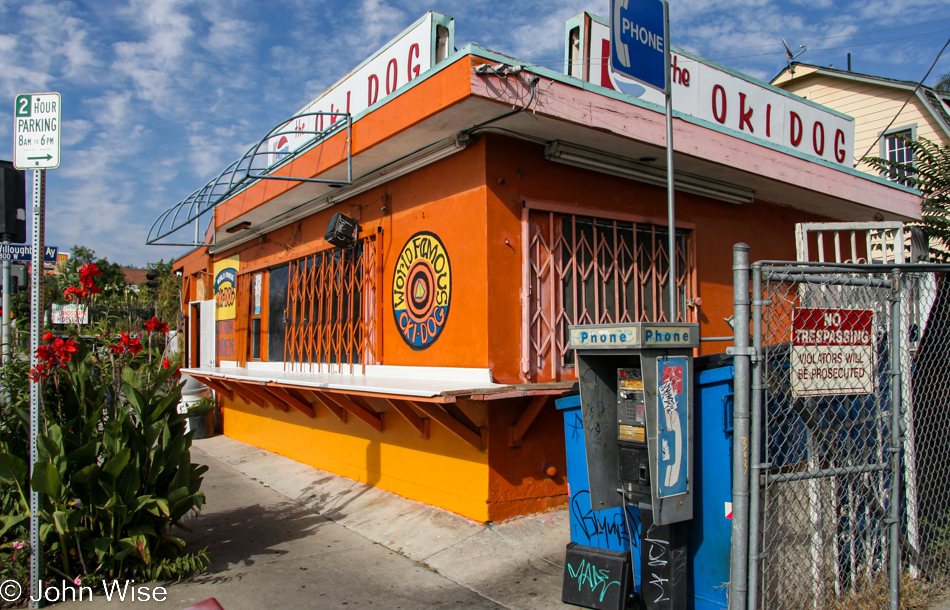
Because we have more electricity (and taxpayers’ money) than we know what to do with, and businesses are so flush with cash that, just like consumers at home who leave all their lights on with the sprinklers on in the rain, we Americans do not have a clue about conservation and so find ourselves needing extra lights on during daylight. Maybe it makes us feel safer.



























